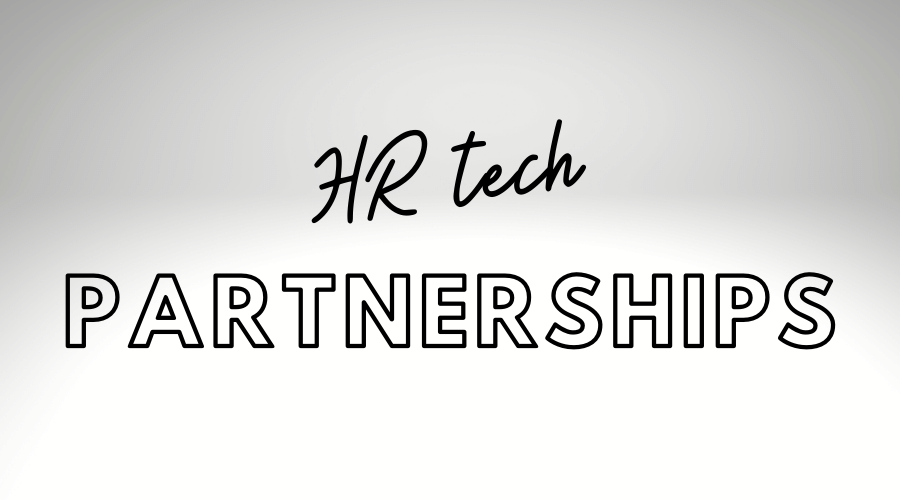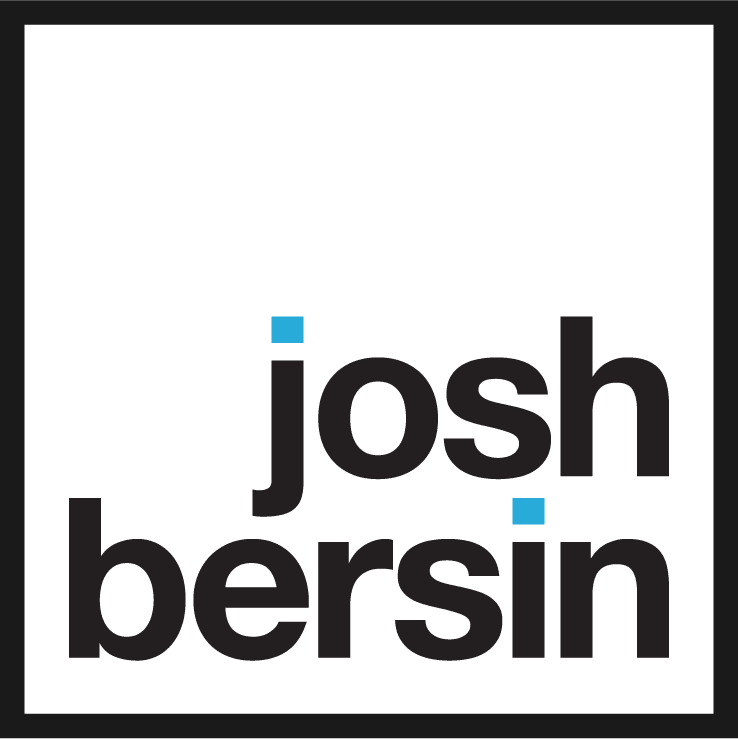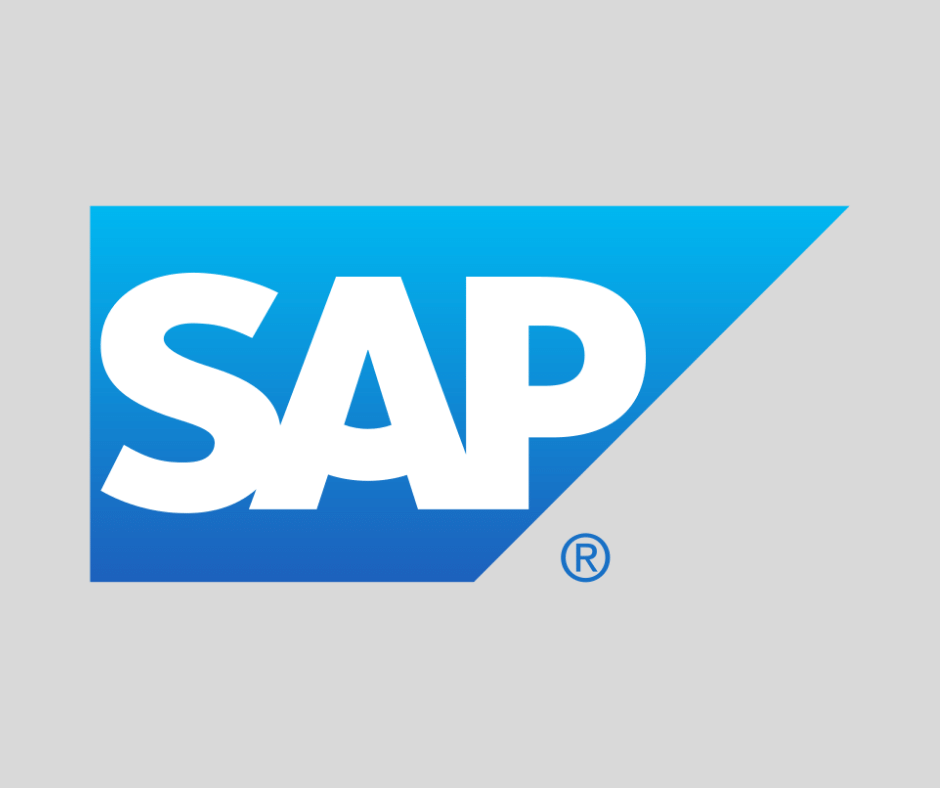Implementing a Human Capital Management (HCM) system is one of the most strategic investments an organization can make. But without a solid plan, even the best HCM systems can fail to deliver the expected value. Whether you’re transitioning from legacy systems or implementing HCM for the first time, a structured approach ensures smoother adoption, fewer surprises, and faster time to value for your organization.
Let’s explore a seven-step framework that will guide your HCM implementation:
Step 1: Define the Vision and Objectives
Start by identifying your organization’s goals. Are you trying to streamline payroll? Improve talent acquisition? Reduce manual processes? Aligning the HCM implementation with strategic objectives ensures stakeholder buy-in and helps prioritize features.
Step 2: Build a Cross-Functional Team
Involve key stakeholders, such as HR, IT, Finance, and end-users, as early as possible. Each brings a unique perspective, and their input helps avoid blind spots. Assign clear roles: executive sponsors, project managers, functional leads, and change champions.
Step 3: Map and Optimize Current Processes
Before you configure anything, document your current-state processes and identify pain points. This current state map serves as your starting point for streamlining and eliminating inefficiencies, rather than simply replicating old habits in a new system.
Step 4: Develop a Realistic Timeline
Break down the project into phases: planning, discovery, configuration, testing, training, and go-live. (We firmly believe in this time-tested methodology.) Be realistic with your timeframes and build in contingency time for unexpected delays. A phased rollout (e.g., core HR first, then payroll, then talent) can reduce risk.
Step 5: Prioritize Change Management
Technology is only half the battle. Clear communication, tailored training, and user support are essential for the organization’s successful adoption of the new system. Build change management into every stage of the project.
Step 6: Test, Test, Test
Run multiple rounds of testing. Unit testing, system integration, and user acceptance testing (UAT) are key to this phase. Test real scenarios, not just theoretical ones. Involve your end users to get honest feedback.
Step 7: Plan for Go-Live and Beyond
Have a detailed go-live checklist, a support plan for post-launch issues, and a long-term roadmap. Remember, HCM is not a one-time event. It’s an evolving journey. Continue to collect feedback and refine the system, especially as your organization changes.
A Framework and a Partnership
An HCM implementation is more than just installing software. It’s about transforming the way people and processes work together. With a solid framework in place, your organization can unlock powerful efficiencies and deliver a better employee experience along with your HCM Implementation.
With the right Implementation partner and the right implementation framework, you are building a roadmap for success. HRchitect is ready to be your lifetime partner from HCM System Evaluation & Selection, Implementation and Post Go-Live Support.
Contact us today to discover how our extensive experience with HCM technology can help ensure your organization’s strategic investments are effectively realized.






















